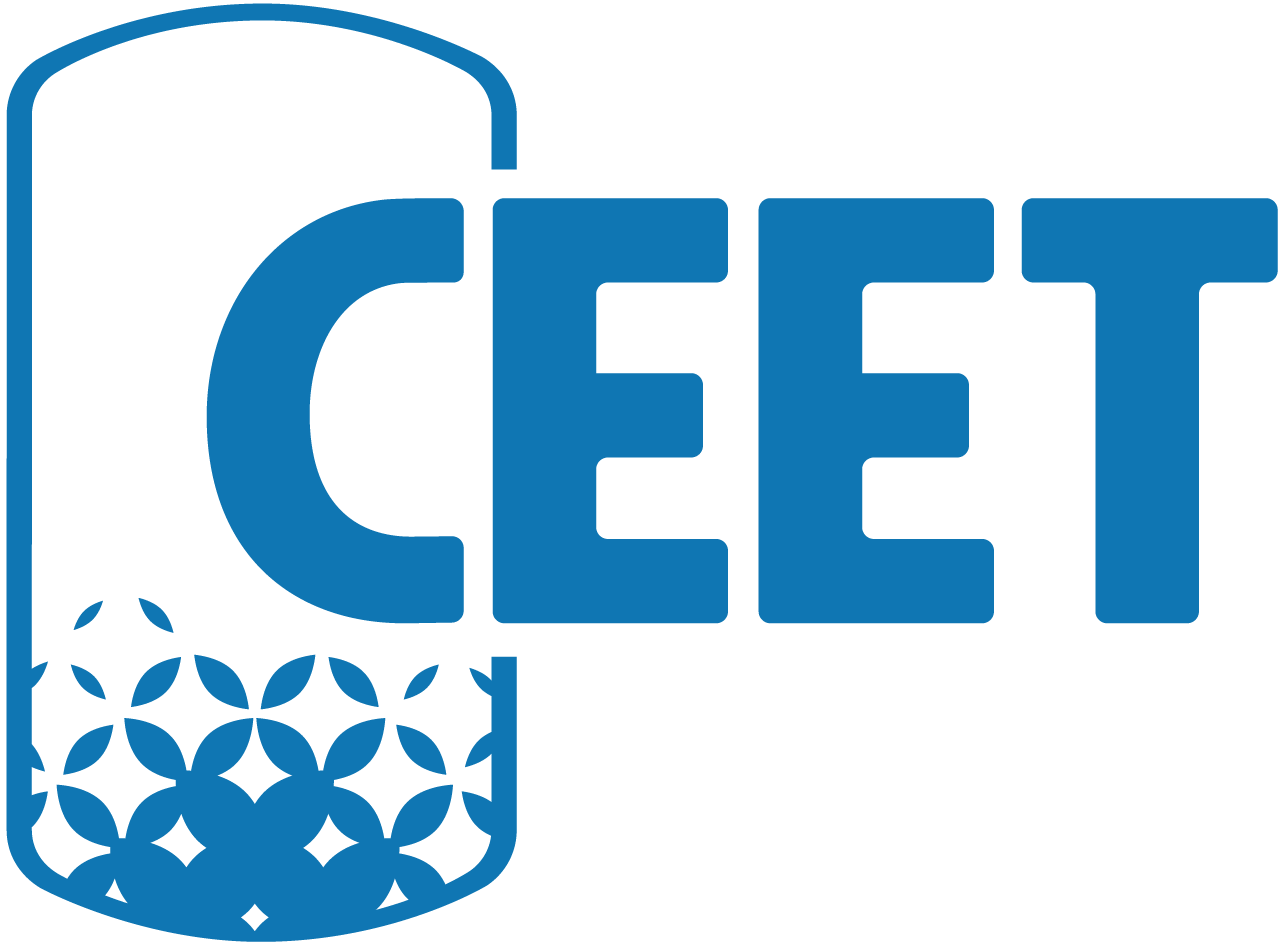In the process industry, a variety of thermal unit operations is applied in which mixtures of gases or vapors must be cooled or condensed. If the temperature unintentionally falls below the water dew point - depending on the gas composition - acids can be produced and cause damage to essential components, such as heat exchangers in crude oil distillation columns. This kind of corrosion is called ‘pitting’ and can lead to complete destruction of the component. One possible strategy to avoid pitting is to use corrosion inhibitors. However, such inhibitors imply a significant increase of costs and are also very difficult to use under varying process conditions. Due to this, most processes operate with a thermal safety distance (in terms of pressure and temperature) to the water dew point. A major drawback of this approach is that the capacity of the facility is not fully utilized.
Therefore, the aim of the project is a process prediction method to determine the lowest possible temperature of the heat exchanger surface in a crude oil distillation column and the water dew point in order to fully utilize the optimization potential of the process. This process prediction method will be developed based on a real reference facility and validated within the relevant environment.
The proposed approach is the research of a model to calculate the phase equilibrium in a multi-component mixture using rigorous thermodynamics. In the course of this, the relevant process parameters will be collected and used as the basis for a simulation model of the reference facility, considering all relevant facility components that are needed for a complete mass and energy balance. Heat exchanger performance will be determined by means of CFD simulations and integrated into the simulation model. An interface between the process prediction model and the process control system will be implemented. The current process parameters will be transmitted to the model in terms of real-time data, and recommended process parameters generated by the model will be transferred back to the process control system in view of real-time adjustment and optimization of the process.
The anticipated results comprise the definite prevention of ‘pitting’ and an increase of efficiency by at least 1 percentage point. Due to permanent monitoring of critical process parameters by the new approach, the overall availability of the process is expected to increase significantly. By reduction of a.m. thermal safety distance to the water dew point, a decrease of the condenser temperature by 5 K is expected, which is the basis for shifting the production from gasoline towards diesel, implying higher profit margins as direct financial benefit.
